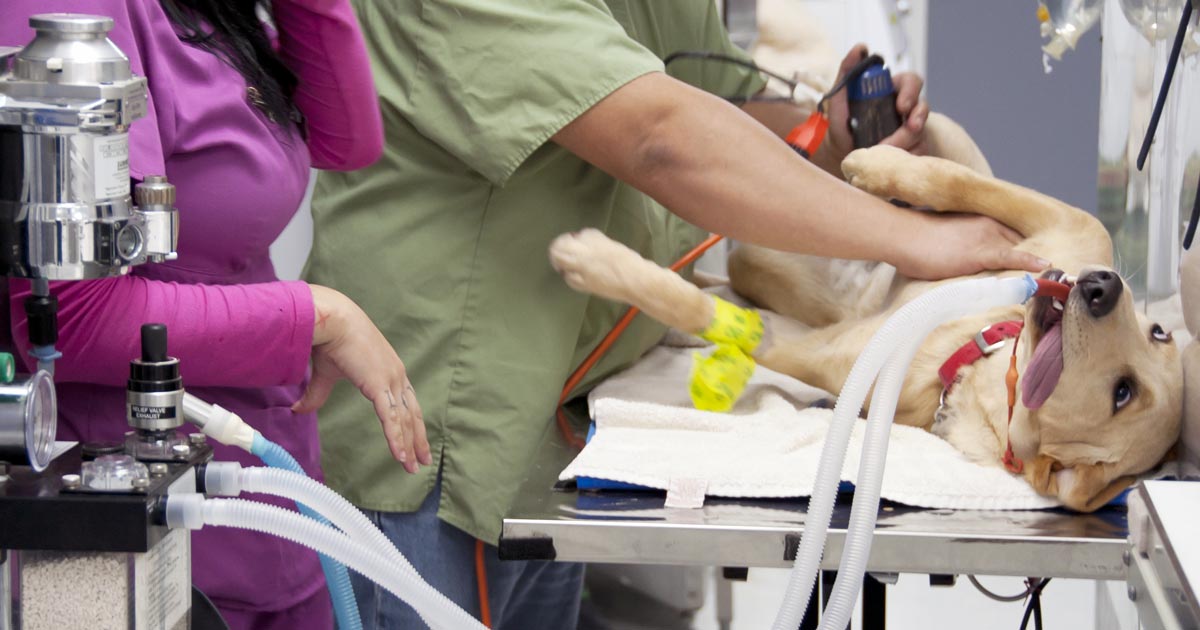Tag: Milk Fever
-
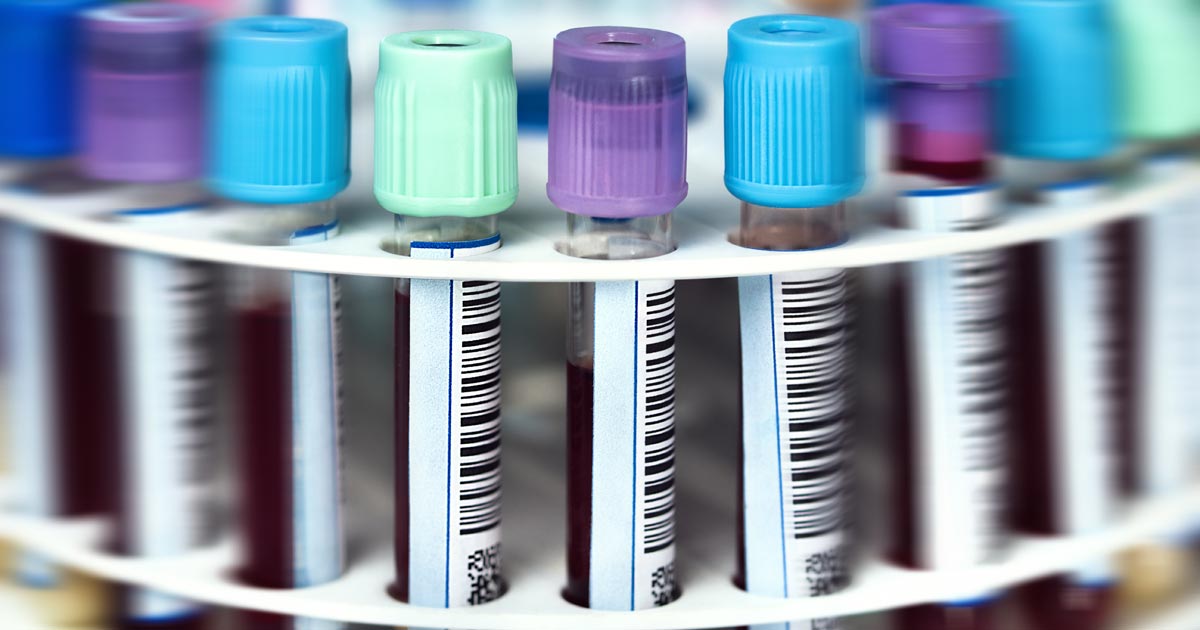
Ionised hypocalcaemia, pt 4: controversies and prognostic indications
—
by
Ionised hypocalcaemia (iHCa) is a well-known electrolyte abnormality in critical human patients, which is also beginning to be recognised in our critical feline and canine patients. The exact mechanism for the development of iHCa is still unknown – making prevention difficult, if at all possible. Controversy also exists as to whether treating iHCa is of…
-
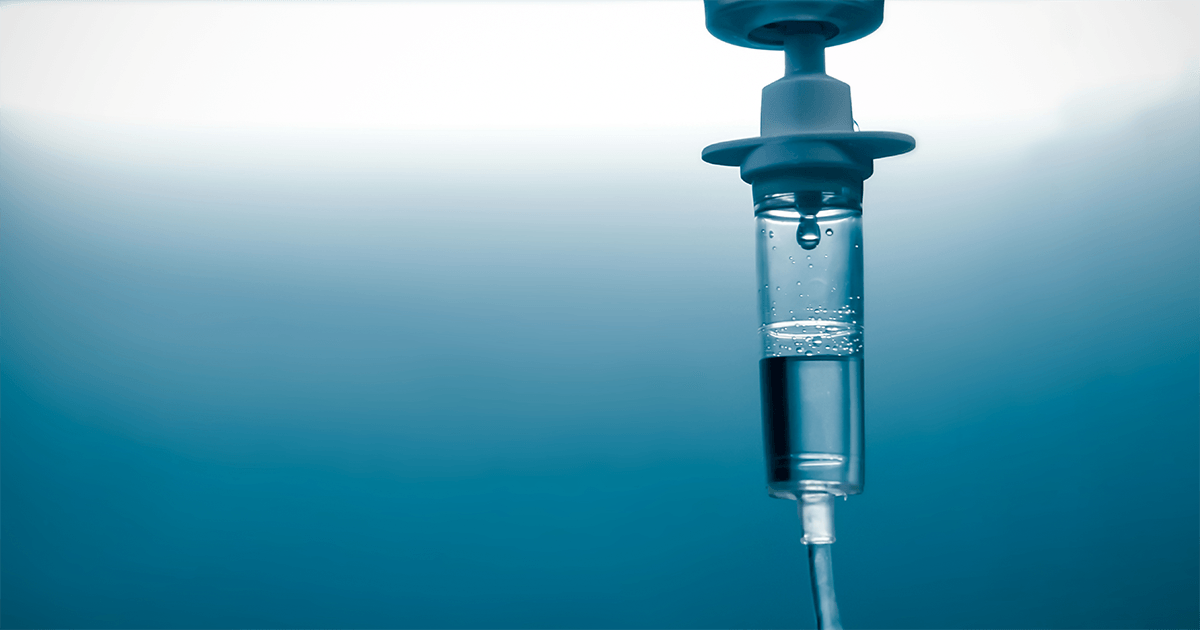
Ionised hypocalcaemia, pt 3: acute treatment and management
—
by
Treatment of ionised hypocalcaemia (iHCa) is reserved for patients with supportive clinical signs, then divided into acute and chronic management. Since the most common cases of clinical hypocalcaemia in canine and feline patients are acute to peracute cases, this blog will focus on the acute treatment and management of hypocalcaemia. Clinical signs The severity of…
-
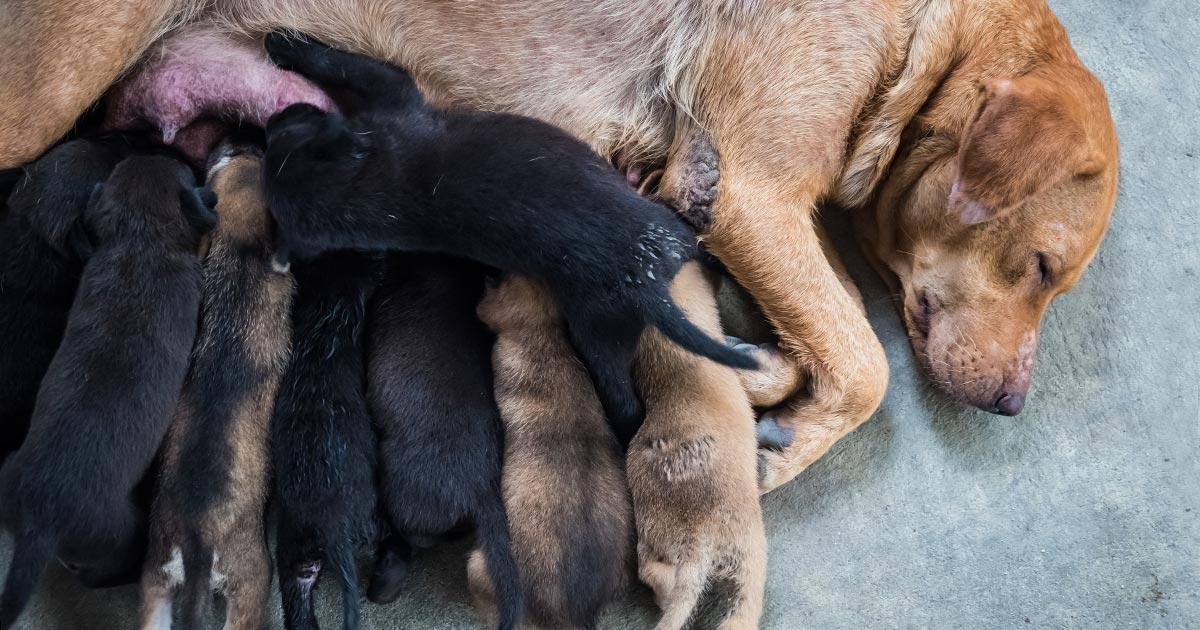
Ionised hypocalcaemia, pt 2: eclampsia
—
by
As discussed in part one of this blog series, a myriad of disease processes can lead to ionised hypocalcaemia (iHCa). Despite this, only hypocalcaemia caused by eclampsia and hypoparathyroidism (primary or iatrogenic – post-surgical parathyroidectomy) are severe enough to demand immediate parenteral calcium administration. Hypoparathyroidism is quite rare, so this blog will not explore the…
-
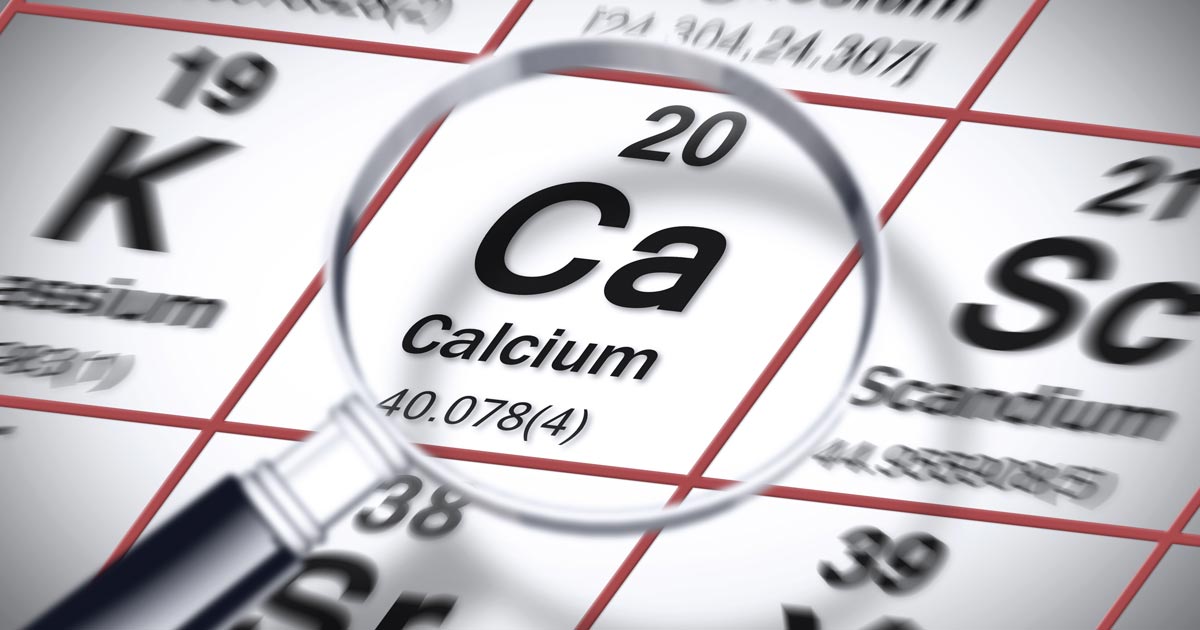
Ionised hypocalcaemia, pt 1: introduction
—
by
Low ionised calcium (iCa) is a widely recognised electrolyte disturbance in critically ill human patients who have undergone surgery, are septic, have pancreatitis, or have sustained severe trauma or burns. Similar changes occur in our critical canine and feline patients, though less well documented. Calcium plays a vital role in a myriad of physiological processes…
-
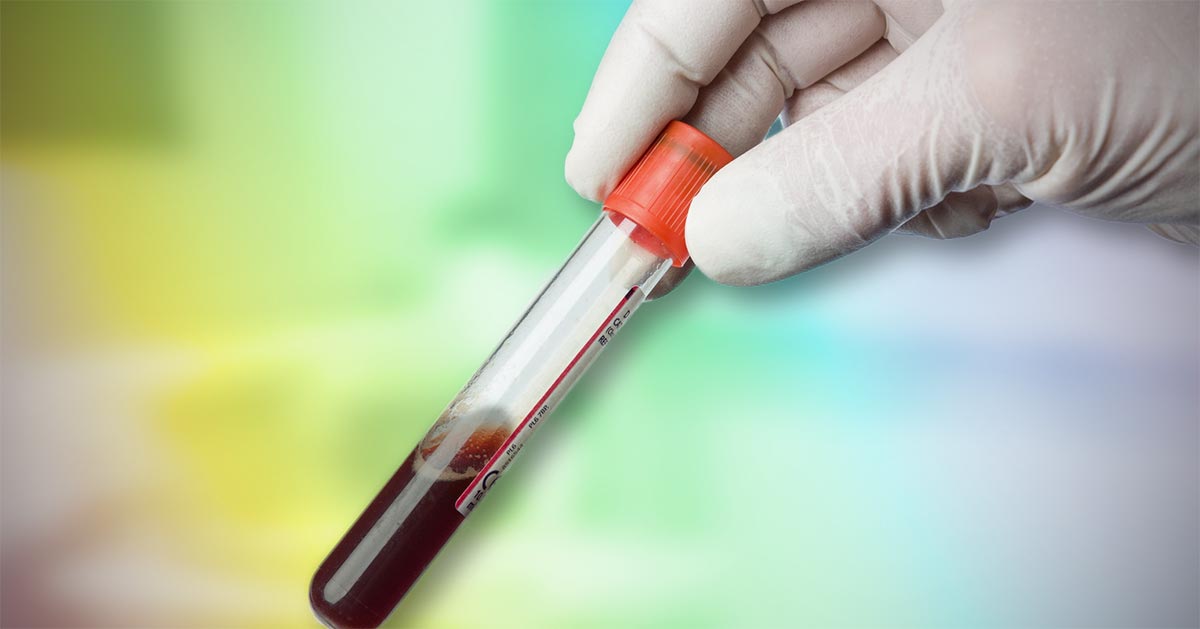
Blood gas analysis, pt 2: acid-base disturbances
—
by
Acid-base disturbances are common in critical patients. These changes must be identified, as even minor deviations from the normal range can lead to significant abnormal body functions. Acidaemia and alkalaemia Acidaemia, which occurs when blood pH falls below 7.35, will lead to: impedance of cardiac output reduced cardiac contractility a blunted response to catecholamine manifesting…
-
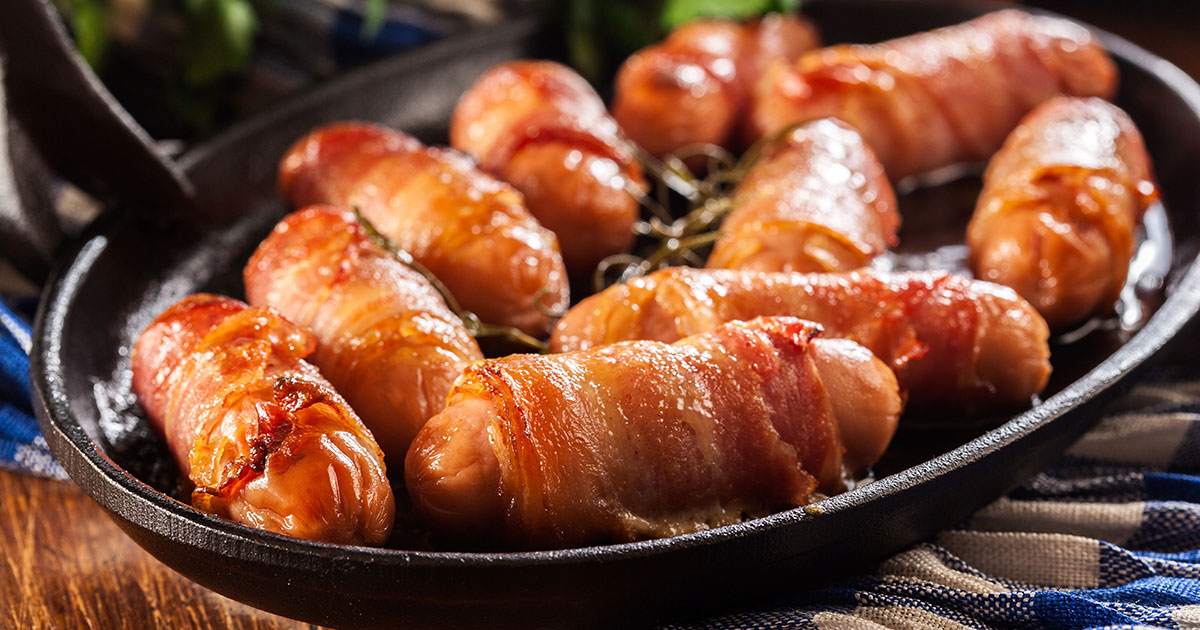
How the vet degree has shaped my plate
—
by
Before coming to university, I never really gave much thought to the life or journey of my food before it ended up on my plate; I wasn’t well informed on the topics of air miles, methane production or abattoir welfare standards. If you had asked me if I wanted to make sure the foods I…
-
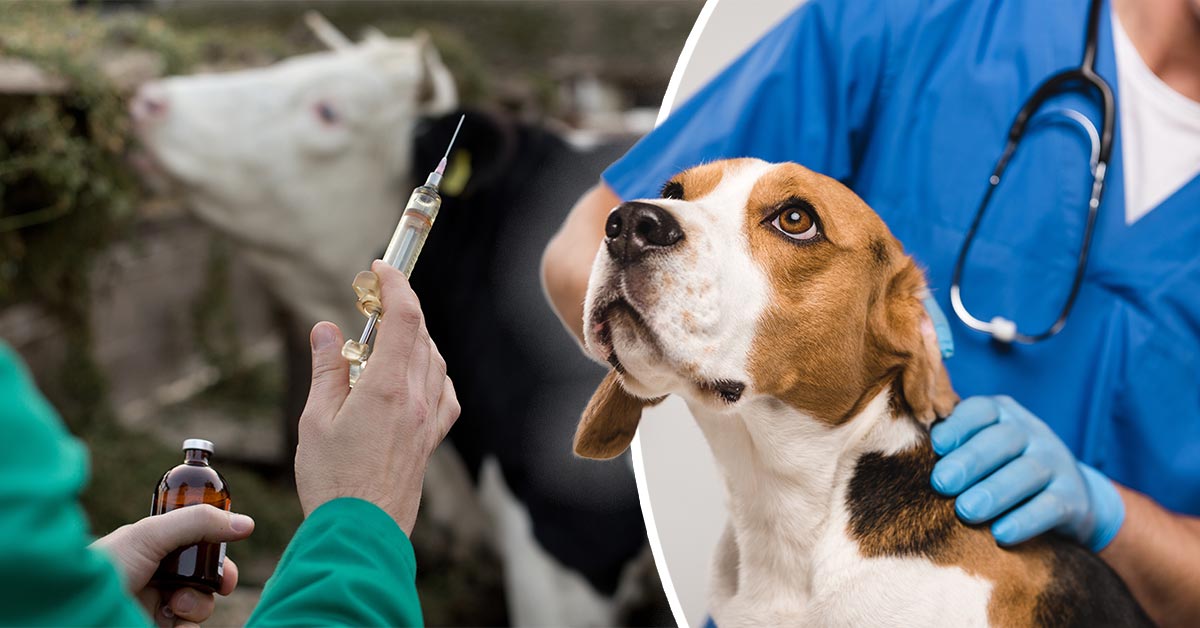
Mixed new grads
—
by
As a student, I remember sitting in the passenger seat of a farm vet’s car on the way to a cow caesarean, desperately trying to remember anything he might ask me about calvings. Instead, he quizzed me on the top 10 small animal emergencies. I think he was trying to reassure me that not many…
-
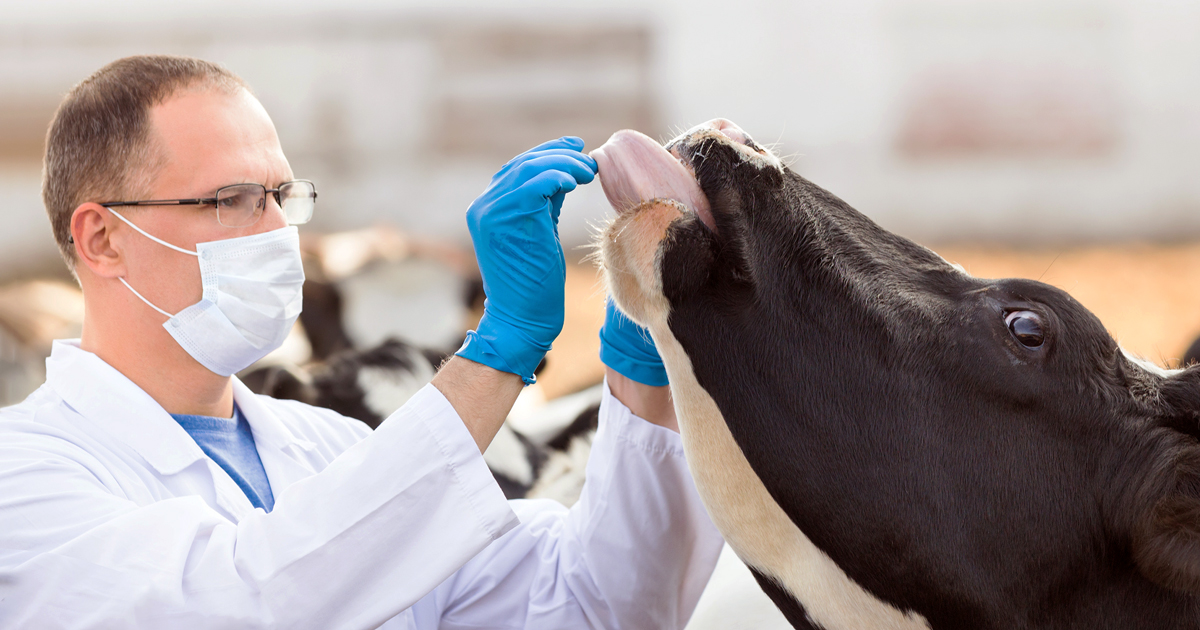
Why am I a farm vet?
—
by
I’ve spent a lot of time thinking about purpose lately… I suspect, as a lot of veterinary students prepare for finals and graduation, they’re probably wondering what theirs is, too. They’re only a handful of years into this career and they’ve probably had to answer “why did you want to be a vet?” thousands of…
-

On call for Christmas
—
by
It’s a clear sign of impending Christmas time when client gifts, in the form of those jumbo tins of Quality Street, start creeping back into the practice. If that’s not enough of a festive indicator, the diary being absolutely blocked solid with MASSIVELY URGENT things that absolutely must be done before Christmas is a sure…
